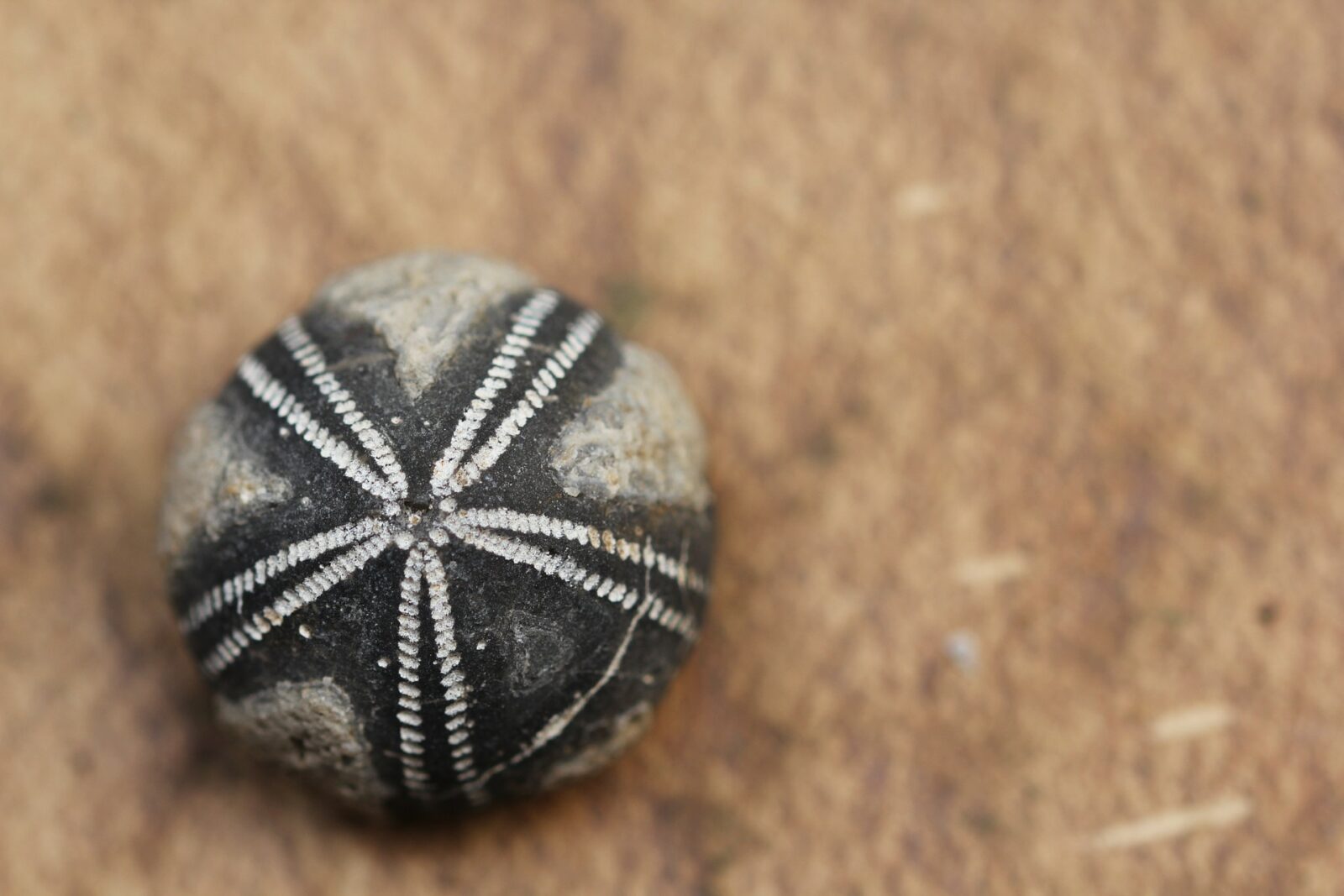Researchers recently discovered fossils of a giant vampire bat. The jawbone was found in a cave not far from the town of Miramar, in Buenos Aires, during an excavation of Pleistocene-era sediments. For researchers, the bat fossil record is valuable because of what it tells us about bat evolution and ecology. The discovery could provide some clues as to why these bats eventually became extinct. However, bat fossils are not that common, and it is even more unusual to discover fossils belonging to vampire bats.
“The significance of the fossils are several, to start with, fossil bat remains are rare in Argentina. It also confirms the presence of the species at mid latitudes and during the Pleistocene (the only other material of the species in Argentina is isolated but much younger). This is one of the oldest records, it is unknown in the Pliocene,” explained paleontologist Santiago Brizuela
Although vampire bats have gained a unique reputation, in reality, they do not pose a threat to humans or to animals, although they can feed on their blood for a few minutes without causing any harm to them.
The vampire bat lived during the Pleistocene Era in Central America and South America. It has been discovered that some remains are recent enough to have not been fossilized. This suggests that the species may have vanished quite recently. According to scientists, multiple contributing factors are likely to have caused the extinction of vampire bats.
Today, bats can be found across almost every major biome in North America and Europe as well as some islands in the Southern Hemisphere. They have adapted well to wide-ranging environmental changes throughout their history and continue to occupy key ecological roles in major bat lineages across North America.













Leave a Reply